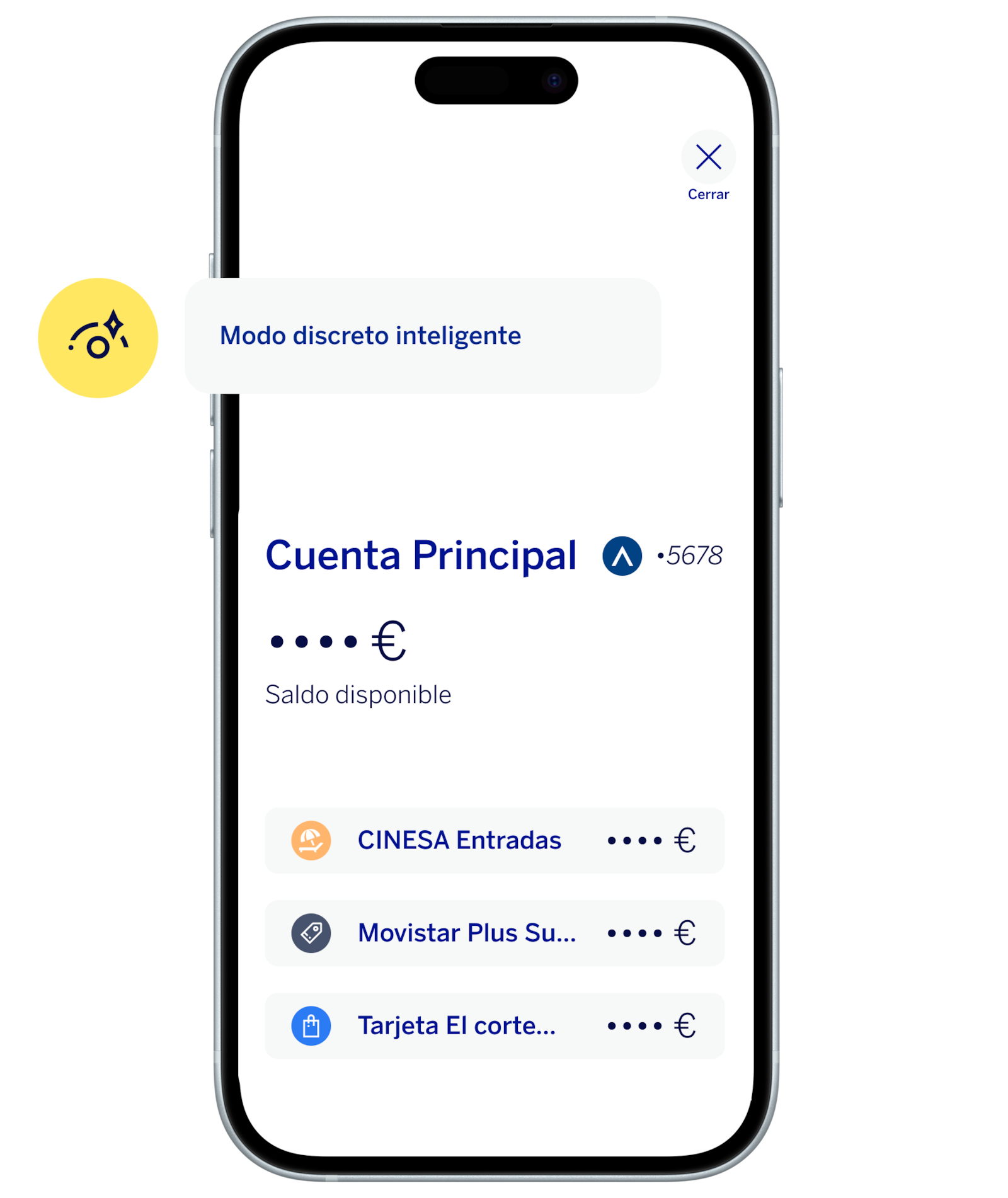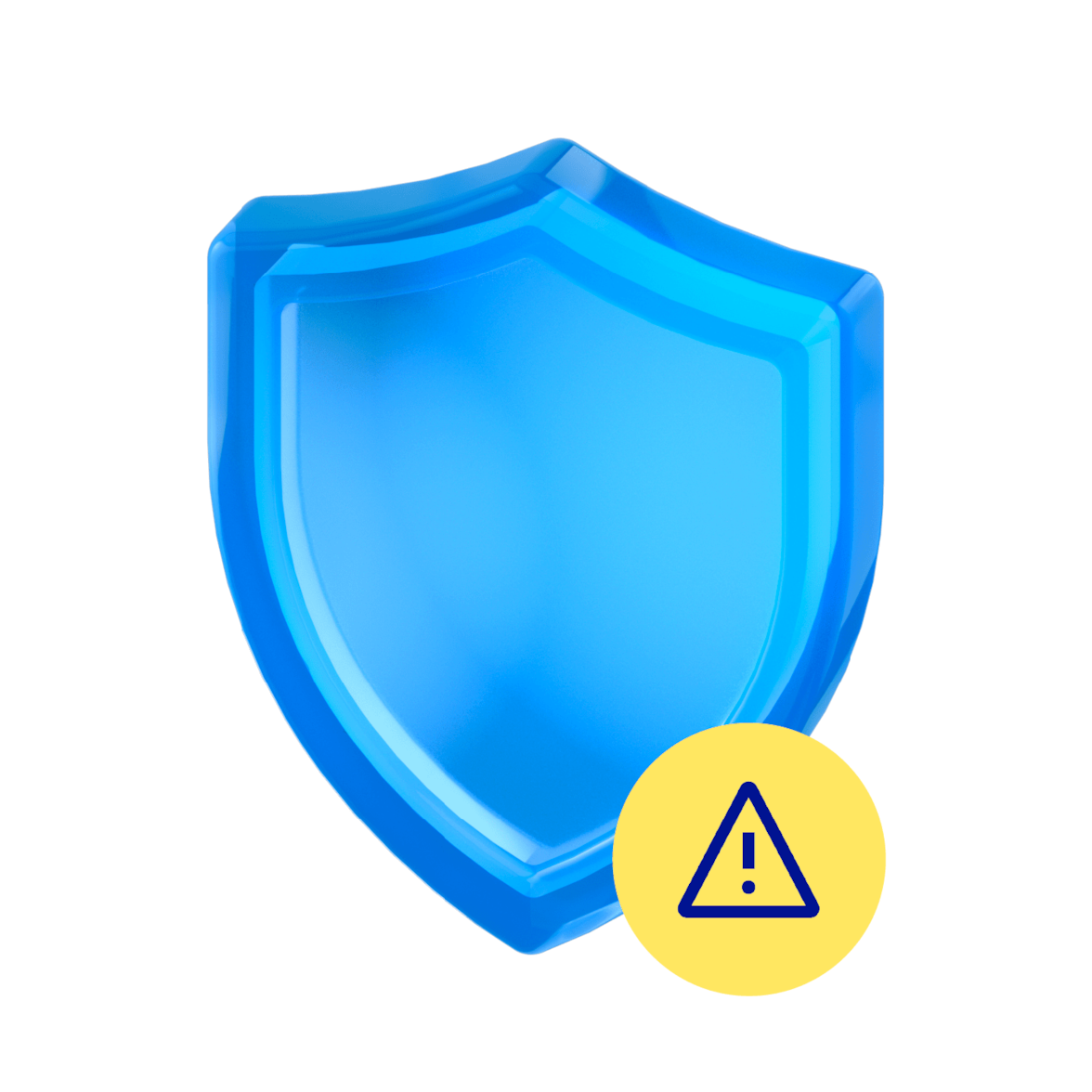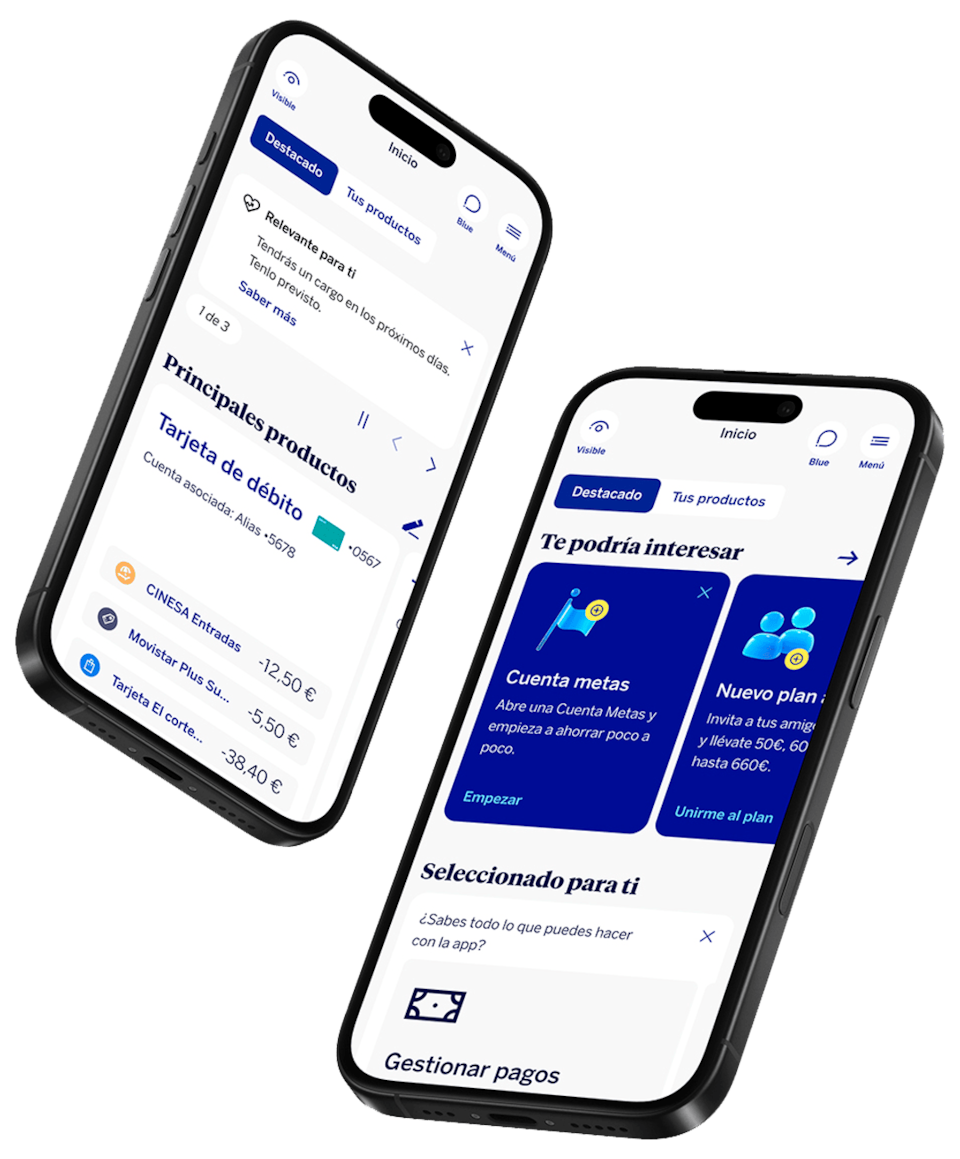Con la mayor seguridad
Cuida tu privacidad allá donde estés
El Modo discreto protege tu privacidad y tus cuentas en cualquier momento y situación, para que puedas usar tu app de forma segura estés donde estés.
Para que tus planes no paren
Si pierdes o te roban la tarjeta, tendrás una versión digital para seguir con tu día.
Con tu tarjeta digital
Cuando la solicites, estará lista para pagar al momento y solo tú podrás pagar con ella. Al llevarla en tu móvil, nadie más puede usarla.
Y con acceso a efectivo
Con tu dispositivo, podrás acceder a tus cuentas en cualquier cajero y disponer de efectivo en tu mano.
Refuerza tu nivel de seguridad
A la vanguardia de la tecnología, para que disfrutes de las oportunidades de la era digital, sin riesgos ni complicaciones.
Inteligente
Tips para protegerte
Consejos sencillos para no caer en las trampas de ciberdelincuentes o estafadores.
Ciberseguridad ante fraudes
Conoce más estrategias y prácticas para proteger tu información personal y financiera de las amenazas en línea.
Si crees que has sido víctima de un fraude, llámanos
En caso de sufrir ciberdelincuencia, contacta con BBVA en el 900 102 801.
Diccionario
Software incorporado habitualmente en programas gratuitos que tiene como objetivo obtener beneficios económicos mediante la publicidad invasiva. Las ventanas emergentes (pop-up) o las barras de tareas (toolbar) son ejemplos de adware que se instalan en el ordenador cuando el usuario configura alguno de estos programas.
Disfruta de la app del futuro, hoy
¿Cómo quieres vivir BBVA?
-
De tú a tú
Si necesitas resolver dudas muy concretas, puedes preguntárselo a Blue o contactar con algunos de nuestros agentes. -
Sin complicaciones
Operaciones, contratos, trámites... Sabemos que tu tiempo es oro, así que te ponemos las cosas sencillas para hacerlo todo desde tu app o web. -
A tu medida
Te acompañamos mientras alcanzas tus metas vitales, ayudándote a planificar tus gastos y ahorros para hacer que tu dinero baile a tu ritmo.











